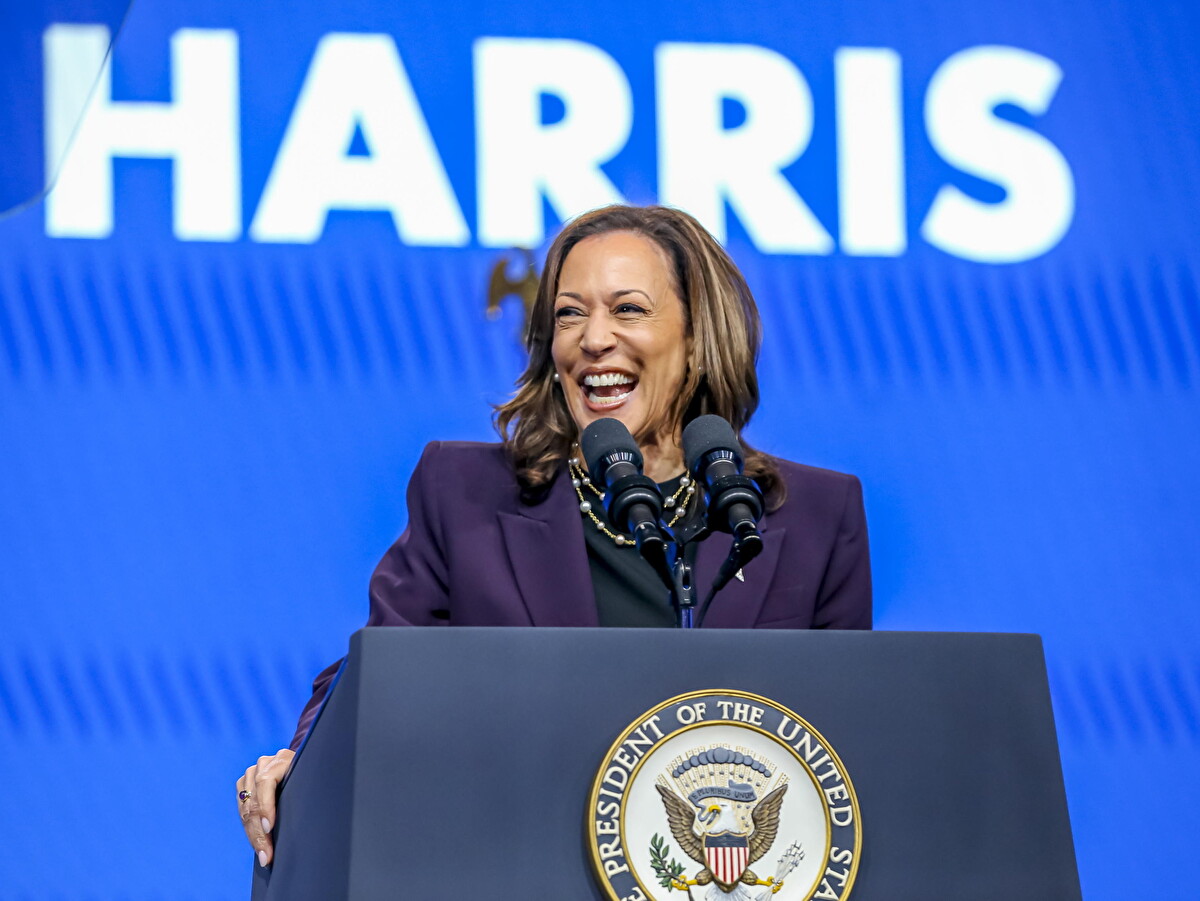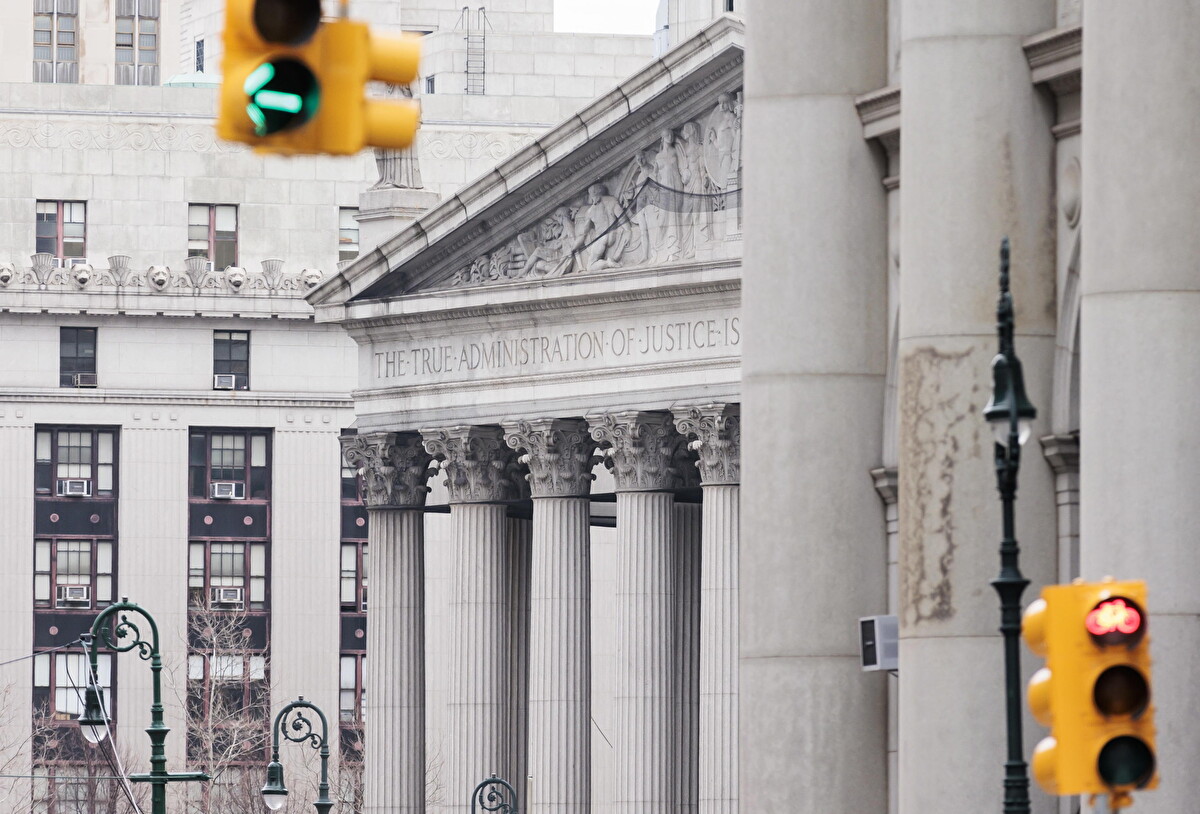Sarah is quite agitated, tearful, her voice breaking when she announces she is unexpectedly pregnant. She explains that she thought she was too old; she had put it out of mind as a possibility. In the past, she and her partner had tried for many years, but nothing had ever happened. But now, with her diagnosis, she could not take a chance and go back to the hospital.
Sarah suffers from Bipolar Disorder. Two devastating psychotic episodes have interrupted her life, and she has now reached stability on medications she must take for the rest of her life to control her mood imbalance: Lithium and Lamictal, both known to have teratogenic effects, causing severe fetal abnormalities. They would have to be stopped if she decided to go ahead with her pregnancy, with the danger of plunging her back into psychosis. Her choice is now between risking her health to protect her pregnancy or maintaining her mental stability by going for an abortion. The choice is entirely her own, one she can and will, make after consulting with her psychiatrist and Ob-Gyn specialist. Sarah is free to make this choice because she lives in New York, where abortion is legal. But what would happen if she were a resident of Louisiana or Texas?
On June 24th, 2022, the Supreme Court made a landmark decision (Dobbs v. Jackson Women’s Health Organization) in which the court held that “the Constitution of the United States does not confer a right to abortion.” The court’s decision overruled both Roe v. Wade (1973) and Planned Parenthood v. Casey (1992), returning to individual states the power to regulate any aspect of abortion not protected by federal statutory law. Since then, nearly two dozen US states have banned or limited access to the procedure. Other states are still in limbo, involved in a battle to regulate the terms of abortion in their next legislature.
The Dobbs ruling has deprived women in many states of the right to make that decision, forcing a “migration” from states where legislation has effectively banned abortion to states where the procedure is still legal. Many have already noted how discriminatory this predicament is along socioeconomic and racial lines, as not all women have the same means, education, or support system that allows the opportunity for this sad and costly expedition, especially when it comes to teenage pregnancies.

Statistics show that the number of abortions has increased significantly in the past two years.
Deidre McPhillips, CNN (October 24th, 2023) reports: “Abortions increased nationwide, according to a new report from #WeCount, a research project led by the Society of Family Planning — the average monthly change in the 12 months post-Dobbs compared to the two months pre-Dobbs adds up to about 2,200 more abortions over the course of a year.” Abortion is never an easy, lighthearted decision for a woman to make. It involves a variety of psychological, medical, social, and economic considerations. Anti-abortion legislation fails to reckon with a fraught situation like Sarah’s. As painful as the decision to protect her own physical and psychological well-being might be, no one is in a better position than she to make it.
The Dobbs decision has further split a country already fractured in its political and social life in a way that pertains specifically to women alone: the abortion divide.












